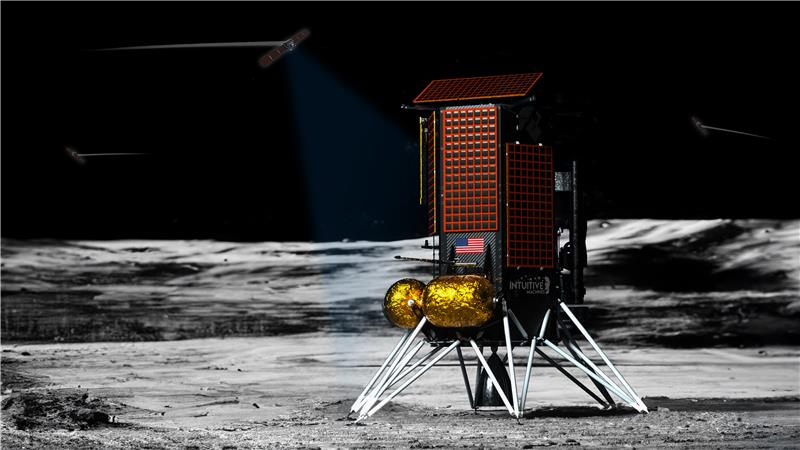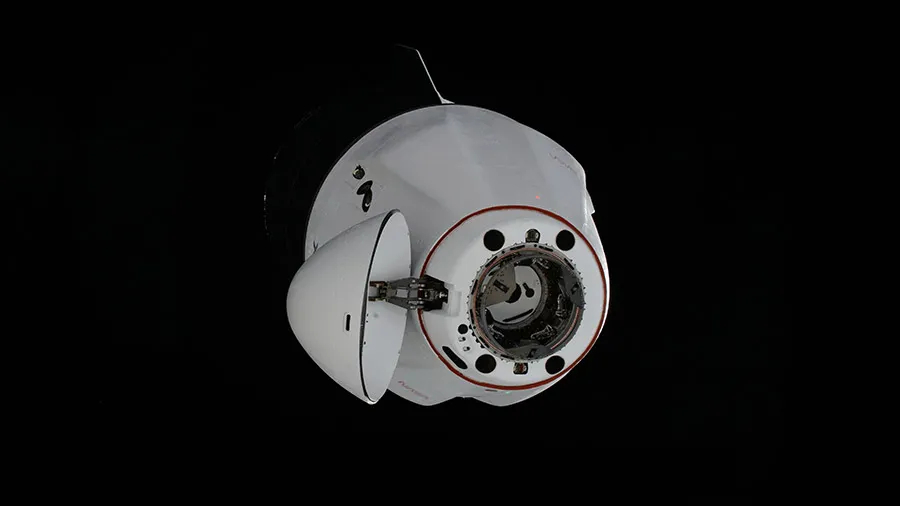Friendless 'hot Jupiter' exoplanets may not be so lonely after all
How hot Jupiters form and evolve is one of the oldest questions in exoplanet research.

Jupiter-like exoplanets that are blisteringly close to their parent stars were long thought to be friendless in their cosmic neighborhood. A new study has now revealed that many of them might, in fact, have planetary companions.
Astronomers thought that most hot Jupiters, exoplanets that are at least as massive as Jupiter but circle their stars in 10 days or less, and their cousins warm Jupiters that orbit their stars within 10 days are solitary residents in their star systems. The astronomers thought that the enormous gravity of these gas giants tossed other planets out of the star systems after these giants formed and migrated toward their stars. Until recently, observations supported this theory.
But the new study, which analyzed data from NASA's Kepler Space Telescope, found that 12% of known Hot Jupiters and up to 70% of warm Jupiters, might, in fact, have nearby planetary companions.
Related: James Webb Space Telescope finds a 'hot Jupiter' exoplanet that defies expectations
"Hot Jupiters are not as lonely as we thought," Songhu Wang, an astronomy professor at Indiana University Bloomington and an author of the new study, said last week at the 242nd meeting of the American Astronomical Society held in Albuquerque, New Mexico, and online. "The presence or absence of additional nearby companions in the same system provides the most fundamental property that will hint at their formation history."
Scientists have been searching for planetary companions near hot and warm Jupiters for the past three decades. They used data from the now defunct Kepler spacecraft and NASA's other exoplanet hunter, the Transiting Exoplanet Survey Satellite (TESS), to look for dips in a star's brightness produced when a planet "transits" in front of the star's disk and briefly blocks some of its light, as seen from the spacecraft's perspective.
While this method is excellent for planet-hunting, it couldn't reveal much about exoplanets that are smaller and not aligned in a way that the spacecraft can observe their transits, which may be why previous studies mostly did not detect companions near hot Jupiters, Wang said.
Get the Space.com Newsletter
Breaking space news, the latest updates on rocket launches, skywatching events and more!
So to spot these unseen neighbors, Wang and his team, instead of focusing on transits, studied how the gravity of those nearby worlds affected the orbital speed of the hot and warm Jupiters. This method — known as transit timing variation, or TTV — does not require a companion planet to transit its star in front of the telescope and allows astronomers to detect worlds close to hot Jupiters that the transit method couldn’t spot, according to Wang.
In Kepler's data, Wang's team studied 101 Jupiter-sized planets and detected TTV signals originating from nearby companions for 16 of them. Two signals came from worlds near hot Jupiters known as Kepler-412 b and Kepler-1976 b.
Kepler-412 b is a gas giant exoplanet found in 2014 about 3,500 light-years from Earth, in the borders of the constellation Lyra within the Milky Way galaxy. It weighs as much as Jupiter and takes 1.7 days to orbit its host star at a distance of 2.7 million miles (4.3 million km). On the other hand, Kepler-1976 b, discovered this year, orbits its star every five days at a distance of about 5.2 million miles (8.3 million km). In comparison, Mercury circles our sun on average at a distance of 36 million miles (58 million kilometers).
The remaining 14 of the detected 16 TTV signals hinted at planets near warm Jupiters, but none of the signals detected in the study could reveal specifics of the orbiting companions such as their sizes or masses, researchers wrote in the new study.
Precisely how hot and warm Jupiters evolved to their short-period orbits around their host stars has been an open question for over 25 years. One leading theory suggests that hot Jupiters formed far away from their host stars in highly elliptical orbits, which shrunk over time into tight, circular paths. During this process, the gas giants migrated toward their parent star. On the way, these giants which gravitationally interacted with other planets and virtually kicked them out of their star systems. This way, they soon became the solitary worlds seen today.
A second, less quoted theory posits that hot Jupiters formed in the outer regions of the stellar disk but migrated inward in a more peaceful way, which allowed them to coexist with other nearby planetary companions. So far, astronomers have only found a handful of such systems to support this theory.
In the new study, Wang and his co-authors propose a "unified framework" that incorporates both theories. About 12% of those gas giants form in star systems along with other planets but do not experience strong gravitational interactions with their planetary neighbors, which would explain the handful of detected hot Jupiters with nearby companions, while the remaining 88% of the planets would strip their systems of other planets, supporting the observations from Kepler and TESS, according to the study.
While scientists still do not fully understand how hot Jupiters migrate inward, the presence of neighbor worlds around them is strong evidence that not all hot Jupiters have a violent history as was previously thought, Wang said at the news briefing last week.
The new research is described in a paper published in March in The Astronomical Journal.
Join our Space Forums to keep talking space on the latest missions, night sky and more! And if you have a news tip, correction or comment, let us know at: community@space.com.

Sharmila Kuthunur is a Seattle-based science journalist focusing on astronomy and space exploration. Her work has also appeared in Scientific American, Astronomy and Live Science, among other publications. She has earned a master's degree in journalism from Northeastern University in Boston. Follow her on BlueSky @skuthunur.bsky.social
-
rod "Precisely how hot and warm Jupiters evolved to their short-period orbits around their host stars has been an open question for over 25 years. One leading theory suggests that hot Jupiters formed far away from their host stars in highly elliptical orbits, which shrunk over time into tight, circular paths. During this process, the gas giants migrated toward their parent star. On the way, these giants which gravitationally interacted with other planets and virtually kicked them out of their star systems. This way, they soon became the solitary worlds seen today. A second, less quoted theory posits that hot Jupiters formed in the outer regions of the stellar disk but migrated inward in a more peaceful way, which allowed them to coexist with other nearby planetary companions. So far, astronomers have only found a handful of such systems to support this theory.Reply
In the new study, Wang and his co-authors propose a "unified framework" that incorporates both theories. About 12% of those gas giants form in star systems along with other planets but do not experience strong gravitational interactions with their planetary neighbors, which would explain the handful of detected hot Jupiters with nearby companions, while the remaining 88% of the planets would strip their systems of other planets, supporting the observations from Kepler and TESS, according to the study. While scientists still do not fully understand how hot Jupiters migrate inward, the presence of neighbor worlds around them is strong evidence that not all hot Jupiters have a violent history as was previously thought, Wang said at the news briefing last week. The new research is described in a paper published in March in The Astronomical Journal."
My note. We are getting into the exoplanet weeds now :)









